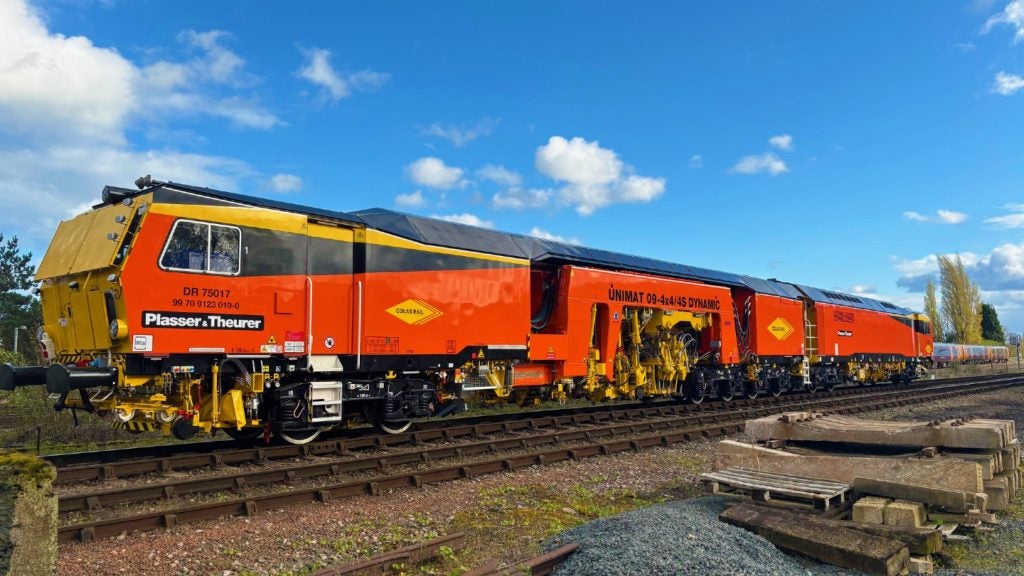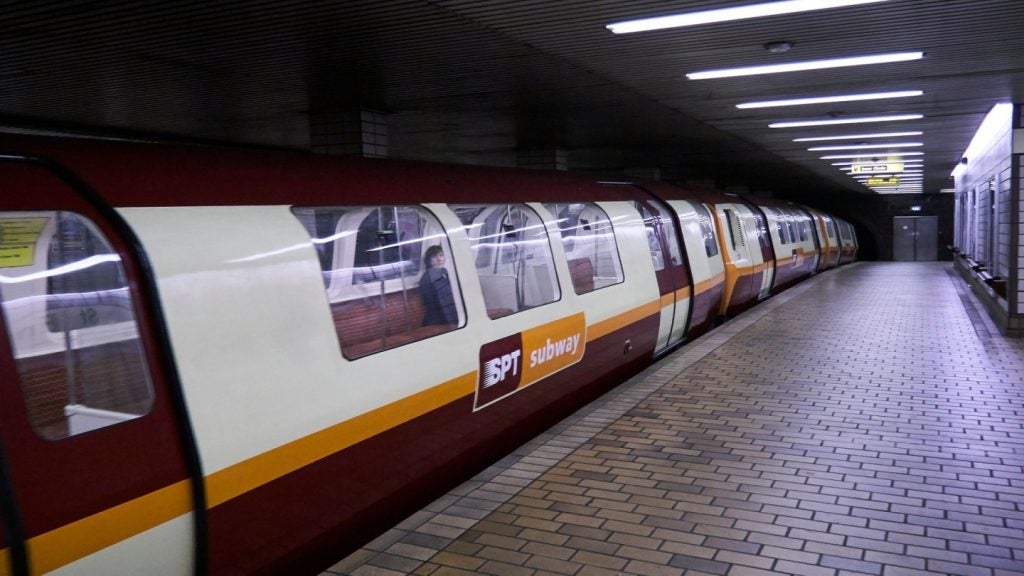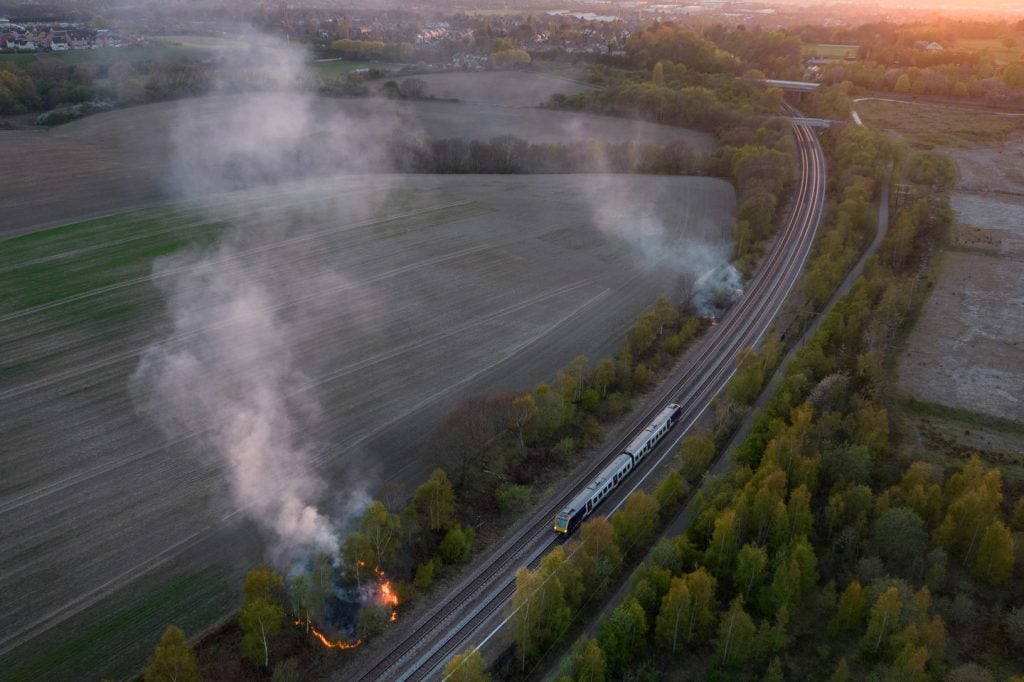Rail automation systems, suppliers and solutions: Introduction
In the ever-evolving landscape of rail transport, automation has emerged as a pivotal force driving efficiency, safety, and reliability.
Rail automation, encompassing rail yard automation and automated rail systems, is revolutionising the company’s approach to railway operations.
As such, stakeholders in the industry are meticulously searching for suppliers and solutions that can deliver cutting-edge automation in railways.
Our expert buyer’s guide content is designed to inform buyers and stakeholders looking to understand the intricacies of rail automation systems, suppliers, and solutions.
Understanding rail automation requirements
When researching the complex rail automation sector, it is crucial that buyers take the time to identify the specific needs of their particular railway operation.
See Also:
Buyers are not merely looking for the most advanced technology. They are searching for solutions that align with their operational goals.
This impacts project issues such as budget constraints and long-term strategic plans.
An automated rail system must offer scalability, interoperability, and compliance with international standards.
Moreover, the supplier’s track record, customer support, and ability to provide bespoke solutions are often deciding factors.
Key considerations: Selecting rail yard automation solutions
Rail yard automation is a complex endeavour that requires meticulous planning and execution.
Buyers are particularly interested in systems that can streamline operations, reduce dwell times, and enhance the safety of yard activities.
Automated rail solutions that offer real-time data analytics, predictive maintenance, and energy-efficient operations are highly sought after.
Suppliers that can demonstrate a robust understanding of rail yard dynamics and offer customisable solutions are likely to stand out in this competitive market.
Additional elements: Buying the right automated rail system
The quest for the ideal automated rail system involves a thorough assessment of various factors.
Buyers are on the lookout for systems that can seamlessly integrate with existing infrastructure, offer modular components, and provide a clear return on investment.
Automation in railways is not just about technology; it’s about creating a harmonious ecosystem that optimises performance and ensures sustainability.
Latest technological advances in rail automation
Across the world, the rail industry is witnessing a surge in technological innovation, with new solutions emerging at a rapid pace.
Some of the latest advancements that are shaping the future of rail automation include, but are not limited to:
- Artificial Intelligence (AI) and Machine Learning (ML) for predictive analytics and intelligent decision-making
- Internet of Things (IoT) for enhanced connectivity and real-time monitoring
- Advanced signalling systems for improved traffic management and capacity utilisation
- Electrification and energy storage solutions for sustainable operations
- Autonomous train operation (ATO) for driverless train functionality
- Digital twins for virtual simulation and testing of rail systems
- Cybersecurity measures to protect against digital threats
- Big Data analytics for optimising asset management and customer experience
- 3D printing for rapid prototyping and parts manufacturing
- Augmented Reality (AR) and Virtual Reality (VR) for training and maintenance procedures
These innovations are not only transforming the operational aspects of railways but also contributing to the development of smart cities and integrated transport networks.
Industry-leading rail automation systems and solutions
With a more crowded marketplace for rail automation systems and solutions, the choice has become more complex and time-consuming for discerning buyers.
Though this list is not exhaustive, some of the current industry-leading systems and solutions related to rail automation include:
- Automated Train Control Systems (ATCS)
- Computer-Based Train Management (CBTM)
- Remote Control Locomotives (RCL)
- Automated Train Supervision (ATS)
- Rail Traffic Management Systems (RTMS)
- Condition-Based Maintenance Systems (CBMS)
- Automated Coupling and Decoupling Systems
- Rail Asset Management Solutions
- Automated Track Inspection Systems
- Energy Management and Regeneration Systems
- Passenger Information and Entertainment Systems
- Freight and Logistics Automation Solutions
- Safety and Surveillance Systems
- Rail Network Simulation and Modelling Tools
- Drone Technology for Aerial Inspection and Surveillance
These systems and solutions represent the cutting edge of rail automation, offering tangible benefits to railway operators and passengers alike.
Rail automation systems, suppliers and solutions: Our conclusion
In conclusion, the quest for rail automation systems, suppliers, and solutions is a multifaceted endeavour that requires a strategic approach.
Buyers are advised to consider the long-term implications of their investments and choose partners that can adapt to the changing landscape of rail transport.
With the right technology and expertise, the future of rail automation promises to be a journey of innovation, efficiency, and sustainability.





